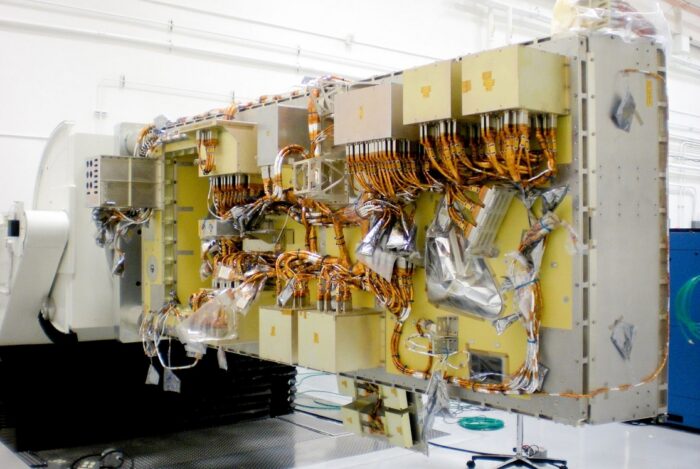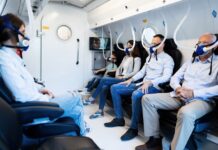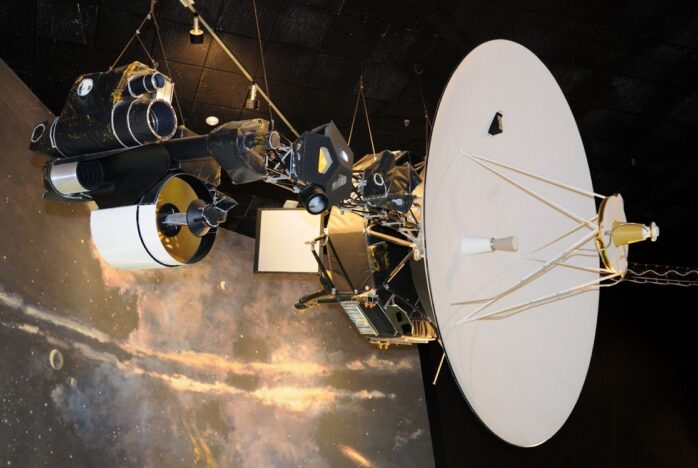
As we traverse the celestial highways of our universe, one vehicle that has consistently proven its utility in space exploration is the space bus. These vehicles are specialized platforms, providing the primary structure for spacecraft and satellites, thereby forming the crux of various space missions. A vital facet of the space bus is the multi-stage integrated control method, a novel technology driving their successful operation.
The multi-stage integrated control method is the conductor orchestrating the symphony of our cosmos exploration ambitions. It is the compass guiding us through the nebulous territories of the cosmos, connecting our Earth-based operations with the vast expanse of the cosmos. The satellite camera is a notable point of convergence between this method and space exploration. The method enhances the satellite data capture process and facilitates the intricate workings of satellite cameras, proving its relevance in high-resolution space exploration.
Understanding the Multi-Stage Integrated Control Method of Space Bus
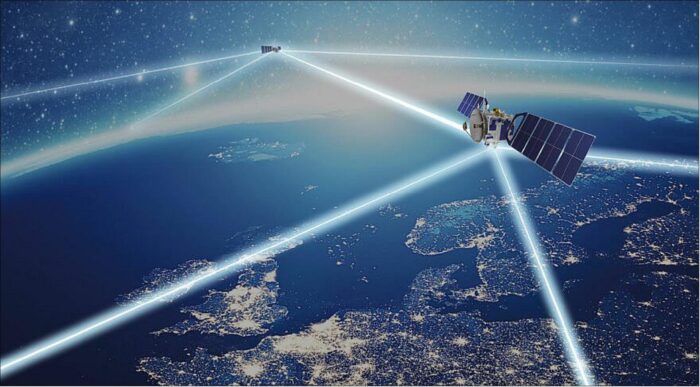
Before we go into specifics, why is it called a space bus? The term derives from the function of these vehicles – much like a terrestrial bus carries passengers, a space bus carries scientific instruments and satellites to space. So, what does the space bus do? The space bus is a carrier and support system for various scientific instruments and satellites. It navigates through the cosmos, powered and guided by the multi-stage integrated control method.
So, what exactly is the multi-stage integrated control method of the space bus? In simple terms, it’s an operational technique that provides a framework for effectively controlling and managing the device using nonlinear feedback control. This method divides the operation into distinct stages, each with a specific role, thereby streamlining the overall mission.
The stages of this control method represent the various phases in the lifecycle of a cosmos mission. Starting from launch to on-orbit operation, each stage plays an instrumental role in ensuring the smooth operation of the device. For instance, one stage might focus on navigating the harsh conditions during launch, while another concentrates on optimizing the satellite camera work during the on-orbit phase.
Using numerical simulation, we can examine each stage of the control method. This allows us to predict and strategize the operation of such tech in various conditions, enhancing the efficiency of the mission.
In the grand tapestry of space exploration, the multi-stage integrated control method paints a narrative of efficiency and precision. It is significant in the current scenario because it enables better device control, enhancing the utility of satellite cameras for space exploration. It exemplifies how our technological strides are shaping the future of cosmos exploration, answering the question, “Is a satellite camera a technology used in space exploration?” with an affirmative nod.
Role of Satellite Data and Cameras in Space Exploration
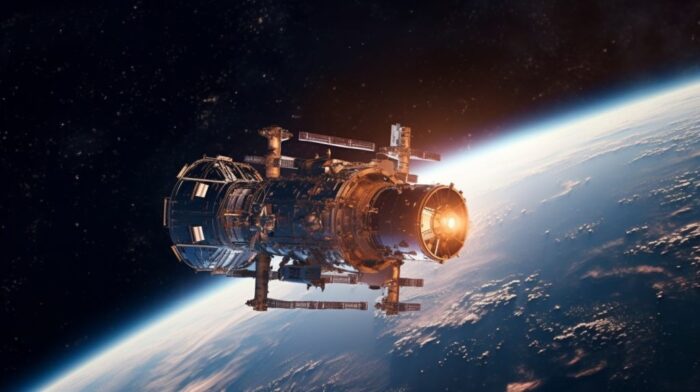
Satellite data, the backbone of our understanding of the universe, is an aggregation of information about our planet and the cosmos gathered by our cosmic companions – satellites. These troves of knowledge are captured using one of the most potent tools on a satellite – the camera.
Satellite cameras, our eyes in the sky, are intricate pieces of technology that have revolutionized how we explore the cosmos. Equipped with high-resolution lenses and complex sensors, these cameras capture detailed images of celestial bodies, atmospheric phenomena, and even the furthest corners of our universe. As the multi-stage integrated control method guides the device, these cameras collect invaluable data, thus playing a pivotal role in cosmos exploration.
Over the years, satellite cameras for cosmos exploration have undergone significant evolution. From their inception with rudimentary imaging capabilities, we have now arrived at a point where these cameras can capture detailed images of celestial phenomena millions of miles away. In response to the question, “Is a satellite camera a technology used in space exploration?” the advancements in this field certainly echo a resounding “Yes!”
The connection between the Control Method and Satellite Cameras
Implementing the multi-stage integrated control method is intricately linked with the dynamic model of a space bus. This model provides a comprehensive understanding of the space bus’s motion and behaviour, directly influencing how and when satellite cameras capture data.
The multi-stage integrated control method of space bus and satellite cameras share a symbiotic relationship, each enhancing the capabilities of the other. The control method, with its structured approach, optimizes the operation of the device, allowing the satellite cameras to function at their maximum potential.
This control method is crucial in determining when and how the satellite cameras capture data. It optimizes the path of the space bus, ensuring that the cameras are in the right place at the right time. It also facilitates the application of vibration isolation techniques, which protect the camera from harmful vibrations, improving the quality of the satellite data captured.
Analysing the question, “How good are cameras on satellites?” reveals the effectiveness of this synergy. Today, thanks to the multi-stage integrated control method, satellite cameras capture high-resolution images, enabling detailed study of astronomical bodies and phenomena. Thus, the control method doesn’t just enhance the efficiency of satellite cameras; it opens up new vistas in our quest to explore the cosmos.
Importance of Cameras in Space
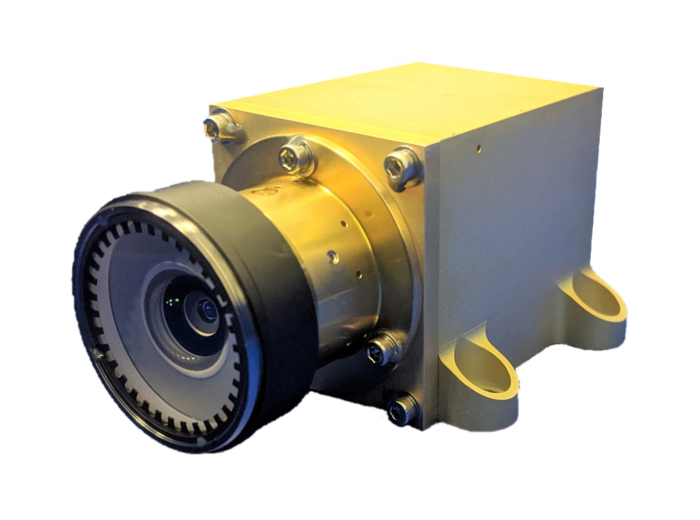
The importance of cameras in space cannot be overstated. Cameras capture the visual essence of the universe from their host, the space bus. You might wonder, “How large is a space bus?” The size can vary widely based on the mission’s requirements, ranging from small CubeSats to larger buses that are designed to accommodate the necessary instruments, such as satellite cameras, for successful space exploration.
They serve as our sensory proxies in an environment inhospitable to humans. Delving into the question, “Why are cameras important in space?” we find myriad answers. Cameras capture the visual essence of the universe, providing us with a wealth of information that no other tool can offer. They help us document celestial phenomena, track environmental changes, and even aid in spacecraft navigation.
A key element of space exploration, satellite camera work is instrumental in capturing high-quality images and data. These cameras extend our sight beyond our planet, enabling us to study distant stars, galaxies, and other cosmic phenomena. These eyes in the sky are necessary for our understanding of the universe to be significantly expanded.
The field of satellite camera technology has seen several advancements and breakthroughs. From the development of high-resolution cameras that can capture the surface of Mars in stunning detail to advancements in sensor technology that can detect even the faintest traces of light, we continue to push the boundaries of what is possible.
Final Thoughts
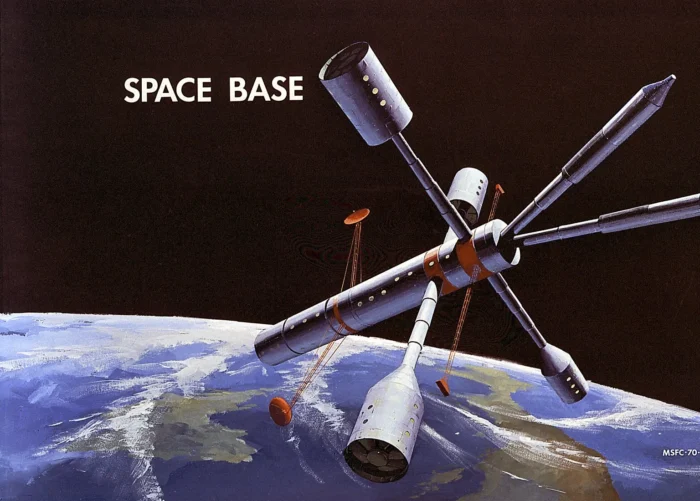
This article began with an introduction to space buses and the multi-stage integrated control method that guides their operations. We learned how this control method, in tandem with satellite cameras, forms a potent duo in space exploration. The evolution of satellite cameras and their crucial role in capturing high-quality data were also highlighted. We explored the symbiosis between the control method and these cameras, understanding their combined impact on space exploration.
Looking towards the future, we anticipate further advancements in both the control method and camera technology. With continued research and development, these technologies could further revolutionize our approach to exploring the cosmos, turning the seemingly impossible into reality.
Now, it’s your turn to join the conversation. Do you think we can improve the multi-stage integrated control method and satellite camera technology for better space exploration? If so, how? Your thoughts and opinions are valuable and could spark the next big idea. Let’s discuss, explore, and continue this journey to the stars together. Share your experiences, ask questions, and let’s delve deeper into the mysteries of the universe.

